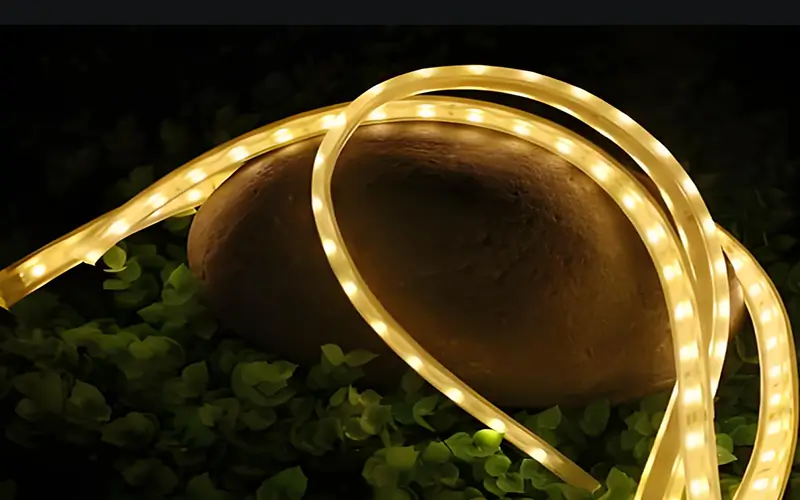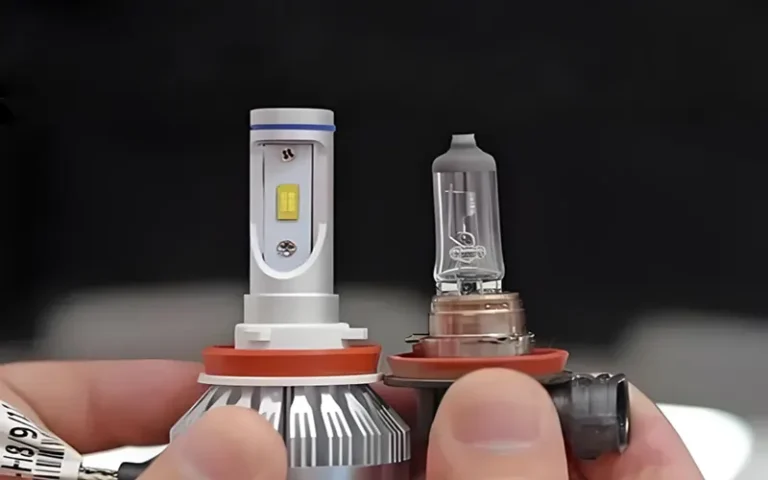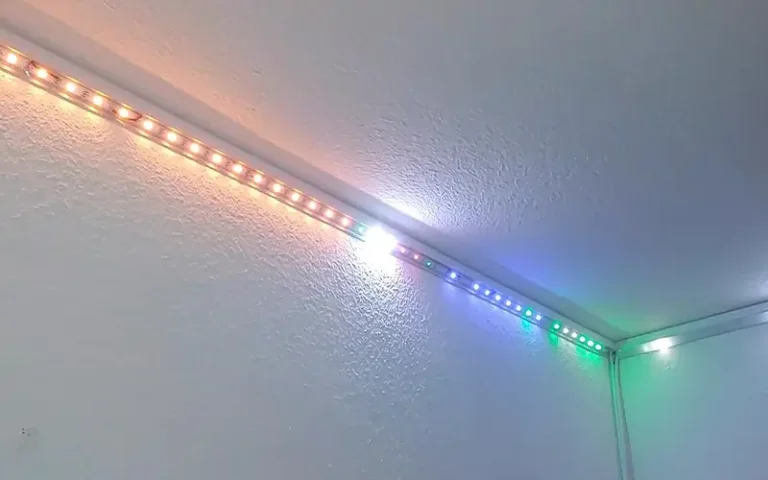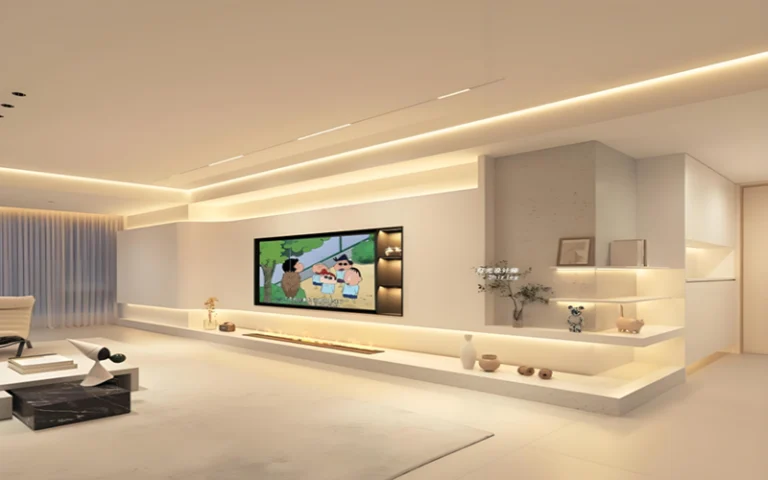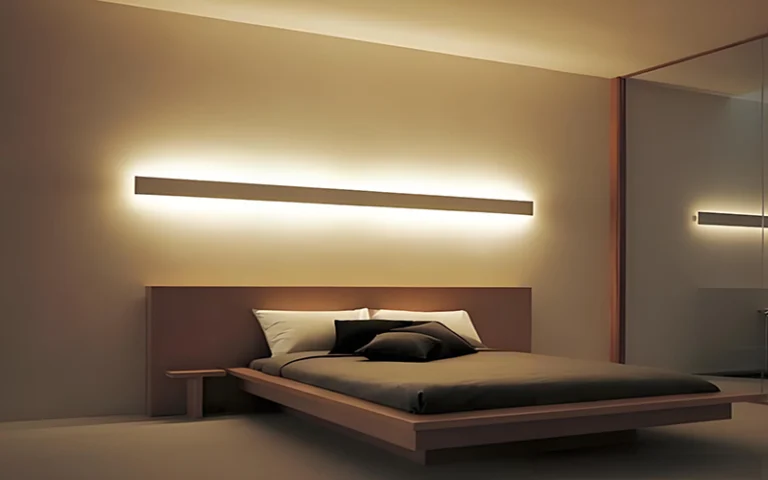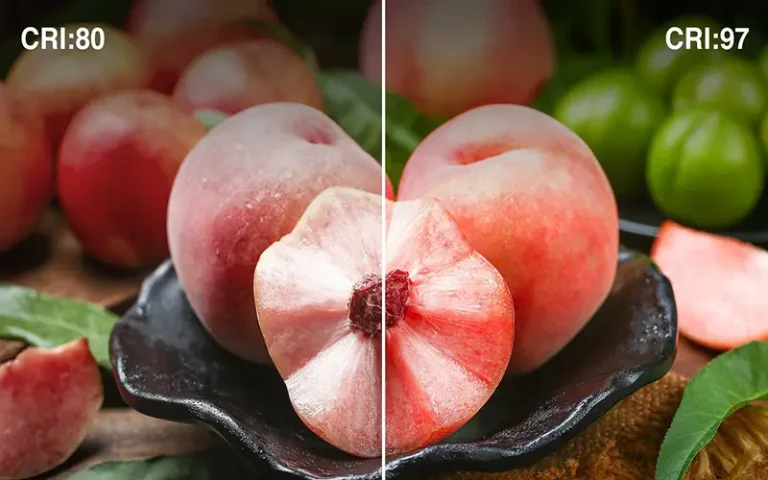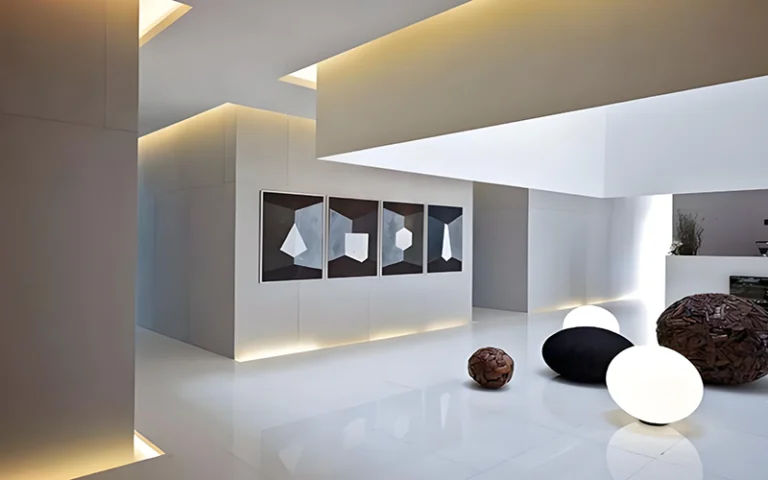A Guide to Waterproof LED Strip Lights
Whether it’s indoor or outdoor lighting, we can’t help but mention waterproof LED light strips. Waterproof LED strip lights are a versatile product that can be used for a wide range of indoor and outdoor applications. About the outdoor lighting, pls read How to Choose the Outdoor LED Strip Lights?
These versatile lighting solutions offer a wide range of applications, from highlighting architectural features to creating stunning outdoor displays. By understanding the basics of IP-rated waterproof LED strip lights, choosing the right product, and following the correct installation techniques, you can fully realize the potential of waterproof LED light strips.
Understanding IP Ratings for Waterproofing
When choosing an outdoor LED light strip, it is important to choose a waterproof one based on the environment in which it will be installed. Before choosing a waterproof LED light strip, it is important to understand the IP rating.
The IP (Ingress Protection) rating determines the level of protection an LED light strip has against solid objects and liquids. Each IP rating has two numbers: the first number indicates protection against solid objects such as dust, and the second number indicates water resistance. For example:
- IP20: Bare board, not waterproof.
- IP65: Mainly for indoor use, dust and water vapor.
- IP67: Dust and water resistant, can be used for household rain and flushing.
- IP68: Outdoor waterproof, suitable for continuous immersion in water.
First, it is important to understand the correctness of the IP waterproof rating and then choose the right IP rating waterproof LED light strip for your environment to ensure life and effectiveness.
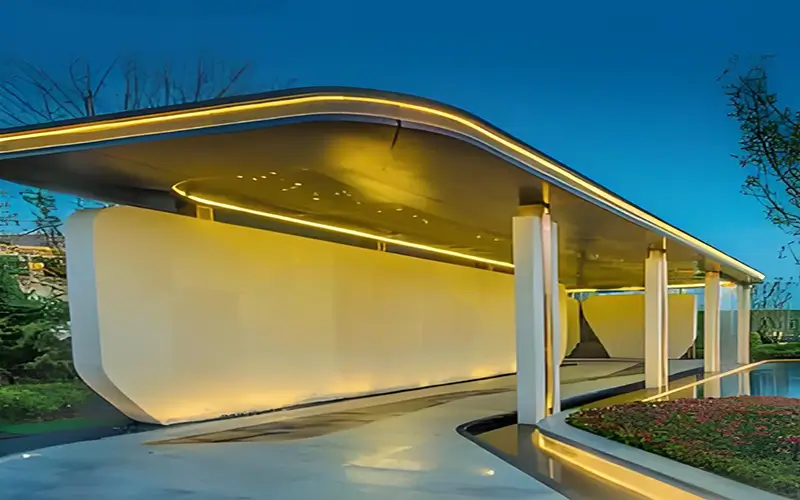
Common Materials for Waterproof LED Strip Lights
Different waterproof grades have different raw materials, and each family uses different waterproof materials. And the evaluation standards are also different. So when you buy waterproof LED light strips, you need to ask clearly.
Silicone
- Features: Flexible, durable, heat-resistant, and UV-resistant.
- Applications: Silicone is often used to coat or wrap LED strips, providing protection from water splashes and dust. This material is often used in IP65, IP67, and IP68-rated LED strips because it remains flexible and durable even in harsh outdoor environments.
- Benefits: Silicone is weatherproof and suitable for both indoor and outdoor use. Its UV resistance also helps prevent yellowing and degradation from sunlight exposure.
Epoxy Resin
- Features: Rigid, transparent, and provides a strong seal against moisture and dust.
- Applications: Epoxy is used for LED strips that require a rigid protective coating, such as IP65-rated strips. It forms a hardened layer over the LEDs, protecting them from water and impact.
- Benefits: Epoxy is extremely water-resistant and can effectively repel water and dust, but it lacks the flexibility of silicone, making it more suitable for fixed installations.
Polyurethane
- Features: Flexible, durable, abrasion-resistant, and can withstand UV exposure.
- Applications: Polyurethane coatings are used for IP65, IP67, and IP68-rated LED light strips, especially those used in harsh outdoor conditions.
- Benefits: Polyurethane is less prone to yellowing than some other materials and provides excellent moisture protection while remaining flexible. It is also abrasion-resistant, which is useful for installations in high-traffic areas.
PVC (Polyvinyl Chloride)
- Features: Rigid, waterproof, and often used as an outer casing.
- Applications: PVC is commonly used as an outer tubing for waterproof LED strips, offering robust protection from both water and mechanical stress. It is often found in IP67 and IP68-rated strips used in outdoor settings.
- Benefits: PVC casing provides reliable protection from water, dust, and impact. However, it is not as flexible as silicone and may not perform well under strong UV exposure..
Thermoplastic Polyurethane (TPU)
- Features: Flexible, durable, transparent, and UV-resistant.
- Applications: TPU is used for high-flexibility waterproof LED strips, often in outdoor environments where resilience and flexibility are crucial. It’s commonly found in IP67 and IP68-rated LED strips designed for direct exposure to elements.
- Benefits: TPU offers both flexibility and UV resistance, allowing LED strips to be used in exposed areas without degradation from sunlight. Its transparency also allows for better light transmission, which enhances brightness.
Acrylic Coating
- Features: Transparent, weather-resistant, and offers basic moisture protection.
- Applications: Acrylic coatings are typically found on indoor LED strips that need mild water resistance, such as in kitchens or bathrooms. It provides a clear layer of protection without compromising light output.
- Benefits: Acrylic is lightweight and provides good transparency, making it suitable for enhancing light output. However, it’s best suited for indoor use as it can become brittle over time when exposed to UV light.
Types of Waterproof LED Strip Lights
LED strips with different waterproof ratings have different raw materials and different waterproof effects.
Each supplier has different waterproof materials and different evaluation standards, so when purchasing waterproof LED strips, you need to ask clearly in advance.
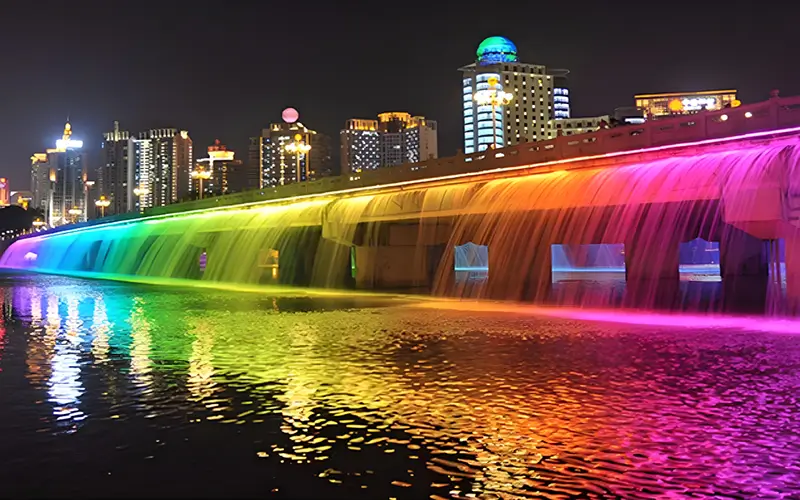
IP65 LED Strip Lights
IP65 rated LED strip lights are protected against dust and low-pressure water jets from any direction, and they provide a moderate degree of water resistance.
They are mainly used in indoor locations near water and supermarkets, but not immersed in water. To achieve this level of protection, IP65 light strips are usually coated with a layer of silicone or resin, which creates a moisture-proof barrier.
IP65 rated LED strip lights are ideal for indoor areas that are susceptible to moisture or splashing water, such as kitchens, bathrooms, and near sinks. They are also suitable for covered outdoor installations. In these places, the lights may be indirectly exposed to water, such as covered porches or under eaves.
However, IP65 LED light strips are not suitable for direct exposure to heavy rain or continuous contact with water outdoors, and we recommend that they only be used in semi-protected outdoor spaces.
IP67 LED Strip Lights
IP67 LED strips offer a higher level of protection than IP65. This is because they are designed to be used outdoors and can withstand being submerged in water for short periods of time. This means that IP67-rated light strips can be exposed to heavy rain or splashing water.
However, they are not suitable for long-term underwater use. Typically, IP67 lights are encased in silicone tubes or sleeves that act as a sturdy barrier against water. Their construction allows them to withstand heavy rain and wet environments, making them highly versatile for outdoor use.
IP67 LED strip lights are often used in outdoor installations where the lights may be exposed to harsh weather conditions. Examples include garden lighting, path lighting, or accent lighting in areas where exposure to water is possible but not continuous.
IP68 LED Strip Lights
IP68 rated LED strip lights have the highest level of waterproofing. They are primarily intended for outdoor and underwater environments. They can withstand continuous immersion in water, making them ideal for installations that require strong waterproofing.
Encased in a thick silicone or epoxy shell, these light strips prevent water infiltration even under continuous immersion. This level of protection is ideal for applications such as pool lighting, fountain lighting, underwater accent lighting, and any other scenario where the lights will be continuously exposed to water.
IP68 LED light strips are the first choice for aquatic environments or where complete waterproofing is essential. It is worth noting that not all IP68 LED light strips can be used underwater, so be sure to ask ahead of time. They provide reliable performance even in challenging conditions, ensuring long-term durability in high humidity environments.
Choosing Between IP65 vs IP67 vs IP68 Waterproof LED Strip Lights
Choosing the right IP rating depends on the specific environment and water exposure level that the LED light strip will encounter. You need to fully understand the environment in which the installation will be installed.
- IP65: Best for indoor areas or sheltered outdoor areas with occasional water exposure. It is primarily intended for indoor use.
- IP67: Mostly for outdoor applications that can be exposed to heavy rain or brief submersion in water.
- IP68: Essential for installations that require continuous submersion in water, such as swimming pools or fountains. It is primarily for outdoor use.
Knowing the differences between these waterproof LED light strips can help you choose them correctly. Consider the environment in which you are installing and the effect you want.
Installing Waterproof LED Strip Lights
Properly installing waterproof LED strips ensures that you can use them normally. It is also essential to maximize the life and efficiency of LED strips.
- Keep the surface clean: Use alcohol wipes to ensure that there is no dust or oil on the surface for a solid bond.
- Measure and Plan: Measure the length of the area to be installed before cutting and soldering the LED strips. Avoid over-cutting or bending the strips.
- Use Waterproof Connectors: Ensure connections are waterproofed to prevent water ingress that could damage the strip.
- Seal Edges and Connectors: If not pre-sealed, use silicone or waterproof adhesive on cut edges and connectors.
- Choose a Suitable Power Source: First, the power supply must be waterproof. The right power supply can prevent overheating and voltage drops, thereby extending the life of the strips.
Applications of Waterproof LED Strip Lights
Different waterproof ratings of LED strip light are suitable for different areas. You can make the right choice based on your situation.
- Indoor bathroom: Add waterproof lighting around mirrors, under cabinets, or in shower areas.
- Kitchen backsplash: IP65 light strips are ideal for areas where moisture may be generated when cooking.
- Outdoor decks and patios: Use waterproof LED light strips to enhance outdoor areas and create ambient light around the edge of the deck or patio area.
- Outdoor buildings: LED light strips can be used for the exterior walls of building buildings, as well as buildings that outline special architectural art, such as bridges and statues.
- Swimming pools and fountains: IP68-rated LED light strips are ideal for underwater use, bringing a beautiful glow to swimming pools and fountains.
- Kitchen backsplash: IP65 light strips are ideal for areas where moisture may be generated when cooking.
- Pathways and stairs: Outdoor waterproof LED light strips add visibility and safety to walkways and stairs.
Using LED strips in these ways can elevate the atmosphere of any environment, while waterproofing ensures durability in humid or wet areas.
Conclusion
Waterproof LED light strips offer versatile, efficient lighting solutions for a variety of environments, from indoor accent lighting to outdoor ambience. By understanding IP ratings and choosing the right waterproof rating, you can achieve a beautiful and durable lighting setup.
At ESSENLED, we offer high-quality waterproof LED light strips designed to withstand challenging environments. With our commitment to quality and customization, our LED lights come with a product guarantee of up to 5 years.

